Welcoming a cat into your home is like opening a new chapter filled with purrs, playful antics, and companionship. As a cat enthusiast, you undoubtedly want your feline friend to thrive and live a long, healthy life. One of the most significant factors influencing your cat’s longevity is their diet. Just like humans, cats need a balanced and nutritious diet to stay healthy and happy. In this article, we’ll explore six healthy feeding habits that can contribute to extending your cat’s lifespan, ensuring that they remain your loyal companion for many years to come.
Choose High-Quality Cat Food
Selecting the right cat food lays the foundation for your cat’s overall health and well-being. High-quality cat food ensures your cat receives essential nutrients, vitamins, and minerals. When shopping for cat food, look for brands that use real meat as the primary ingredient. Avoid foods with fillers like corn and wheat, as these can be difficult for cats to digest. Just as you wouldn’t fuel a sports car with low-grade gasoline, your cat deserves premium nutrition to keep them running smoothly. Consider consulting your veterinarian for recommendations tailored to your cat’s specific needs.
Establish a Consistent Feeding Schedule
Cats are creatures of habit, and establishing a consistent feeding schedule can greatly benefit their health. By feeding your cat at the same times each day, you help regulate their metabolism and digestion. This routine also prevents overeating, as cats are less likely to beg for food outside of designated meal times. Imagine if you ate sporadically throughout the day—your body would struggle to maintain energy levels. Similarly, a consistent feeding schedule helps your cat maintain a healthy weight and energy balance.
Portion Control is Key
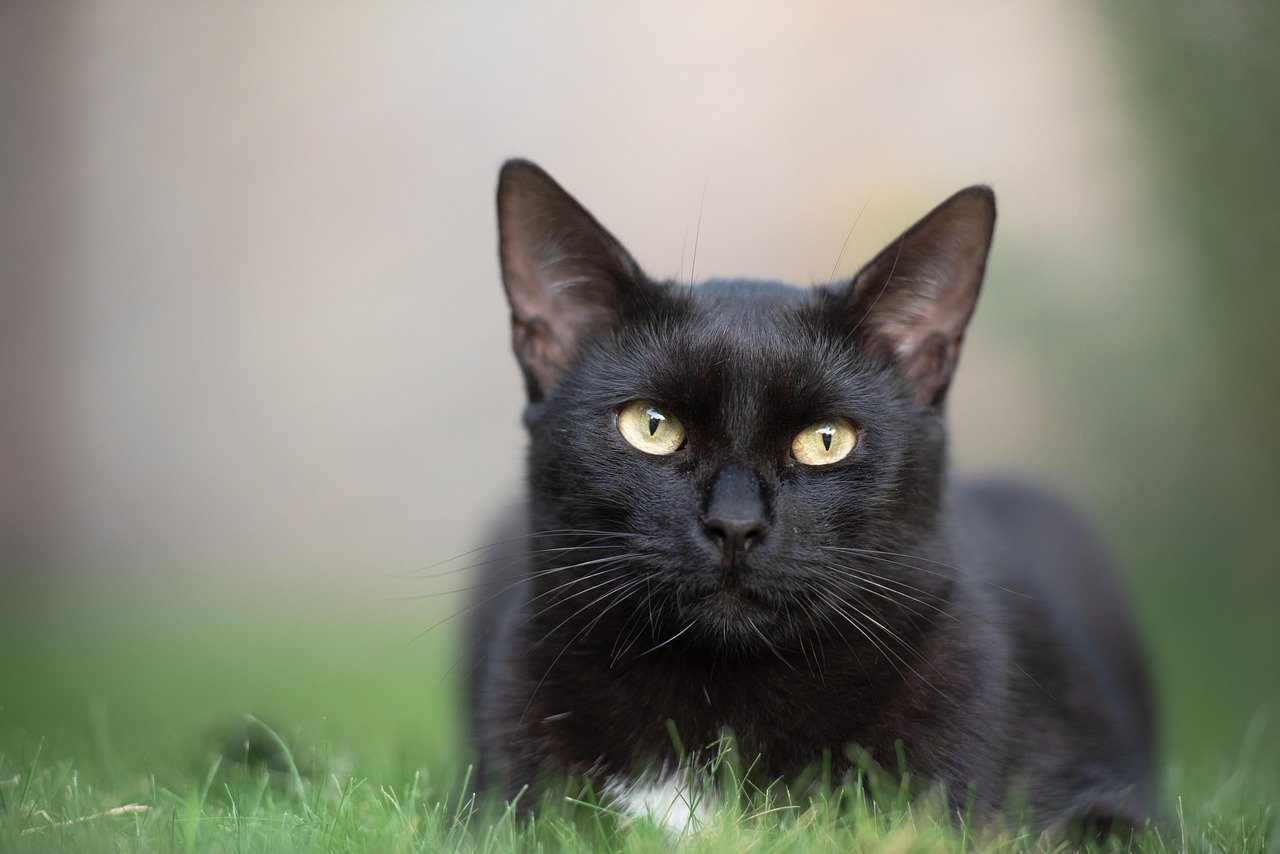
Portion control plays a vital role in preventing obesity, a common issue in domestic cats. Overfeeding can lead to a host of health problems, including diabetes and joint issues. Use the feeding guidelines on your cat food packaging as a starting point, but be mindful of your cat’s activity level and metabolism. If your cat is more sedentary, they may require fewer calories. Monitor their weight regularly and adjust portions accordingly. Remember, it’s better to offer smaller, more frequent meals than to overwhelm their system with large portions.
Hydration: The Unsung Hero
Cats are notorious for not drinking enough water, which can lead to urinary tract issues and dehydration. Encouraging your cat to stay hydrated is crucial for their well-being. Consider providing fresh water in multiple locations around your home, and try using a cat water fountain to entice them with moving water. Wet cat food is another excellent way to increase their water intake, as it contains a higher moisture content than dry kibble. Think of hydration as the oil that keeps your cat’s engine running smoothly.
Understand the Importance of Protein
Protein is an essential component of a cat’s diet, as it supports muscle development and overall health. Cats are obligate carnivores, meaning they require animal-based proteins to thrive. When selecting cat food, prioritize options with high protein content from sources like chicken, turkey, or fish. A protein-rich diet ensures that your cat maintains strong muscles and a healthy immune system. Picture protein as the building blocks that keep your cat strong and resilient.
Treats: Use Sparingly and Wisely
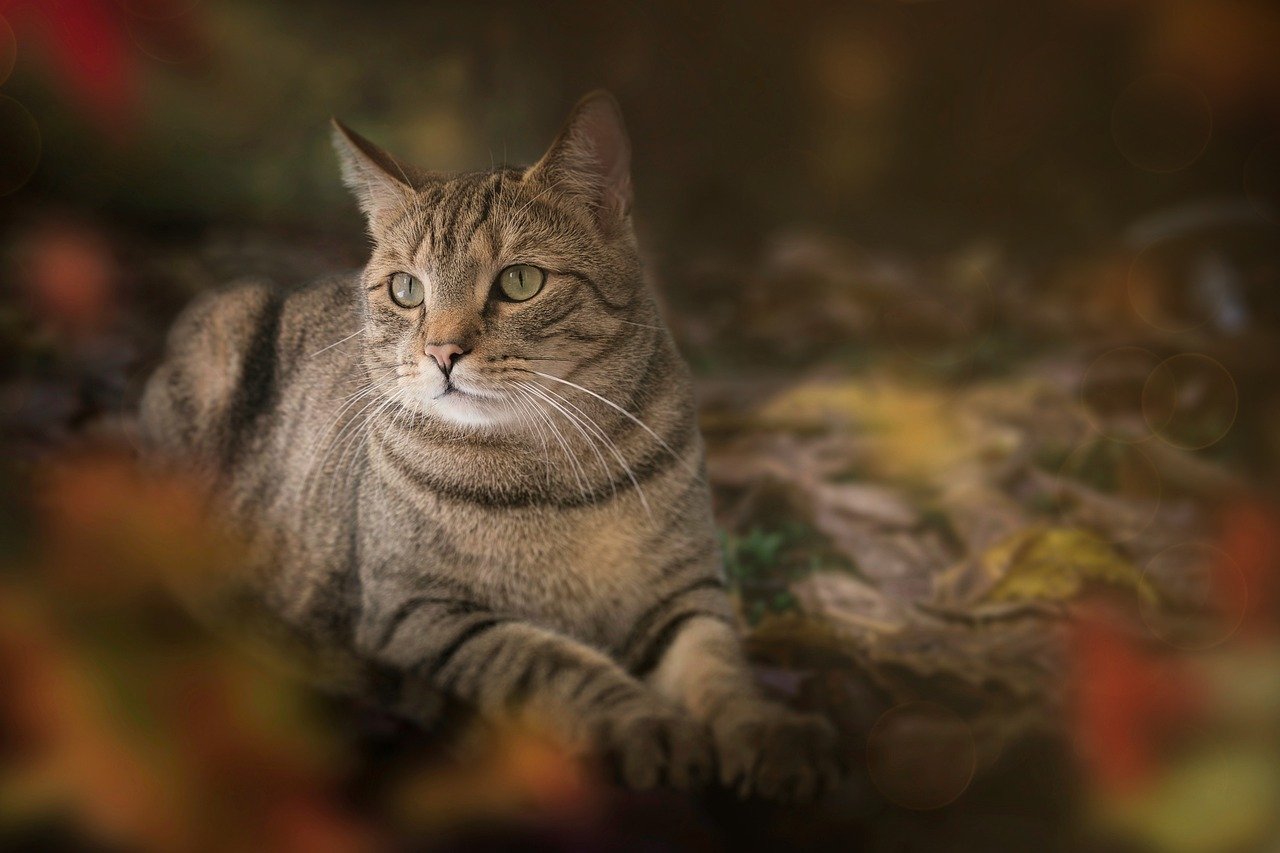
While treats can be a delightful way to bond with your furry friend, it’s important to use them sparingly. Overindulging in treats can lead to weight gain and nutritional imbalances. Opt for healthier treats that complement your cat’s diet, and consider using them as rewards for good behavior or during training sessions. Remember, treats should only make up a small portion of your cat’s daily caloric intake. Treat your cat like royalty, but be mindful of their waistline.
Read Labels Carefully
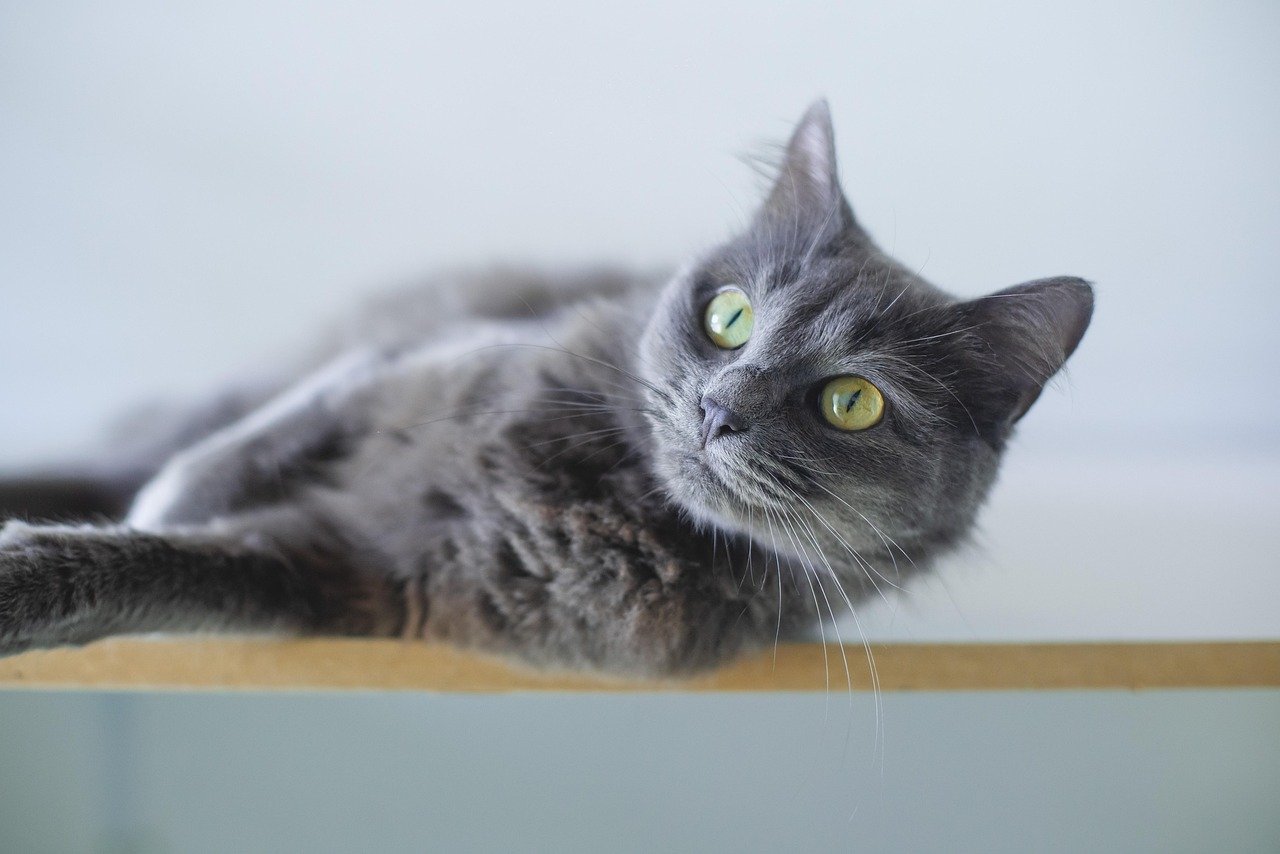
Understanding the ingredients in your cat’s food is essential for making informed choices. Just as you would read labels on your own groceries, take the time to examine the labels on cat food packaging. Look for foods with minimal artificial additives, preservatives, and by-products. The more natural the ingredients, the better for your cat’s health. Think of reading labels as decoding the secret recipe for your cat’s longevity.
Consider Age-Appropriate Diets
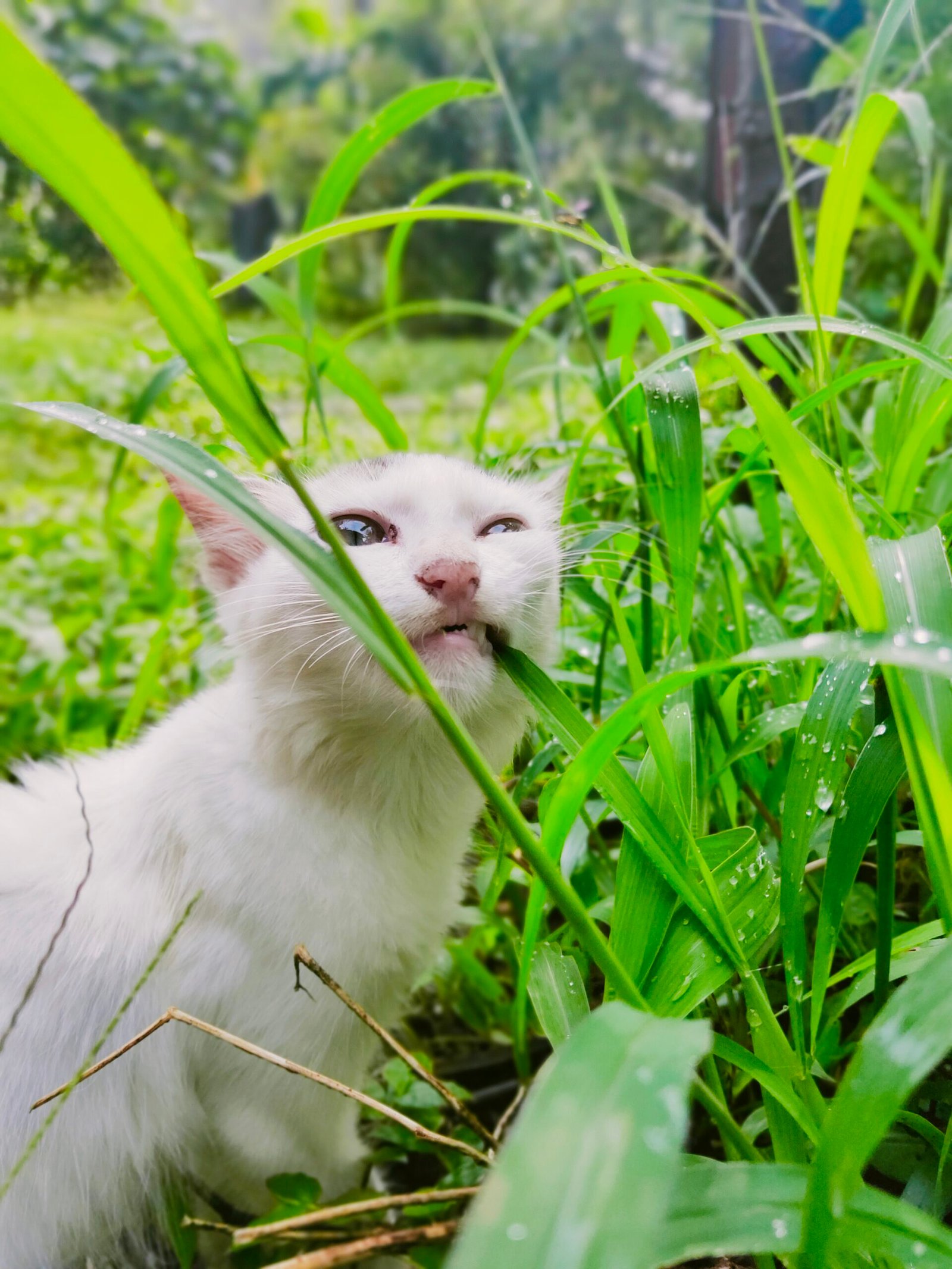
As your cat ages, their nutritional needs may change. Kittens, adults, and senior cats require different levels of nutrients to support their unique life stages. For example, kittens need higher protein and fat content to fuel their rapid growth, while senior cats may require fewer calories and joint-supporting nutrients. Consult your veterinarian to determine the best diet for your cat’s age and lifestyle. Tailoring their diet to their life stage is like providing them with a custom-fit suit.
Monitor Weight and Health Regularly
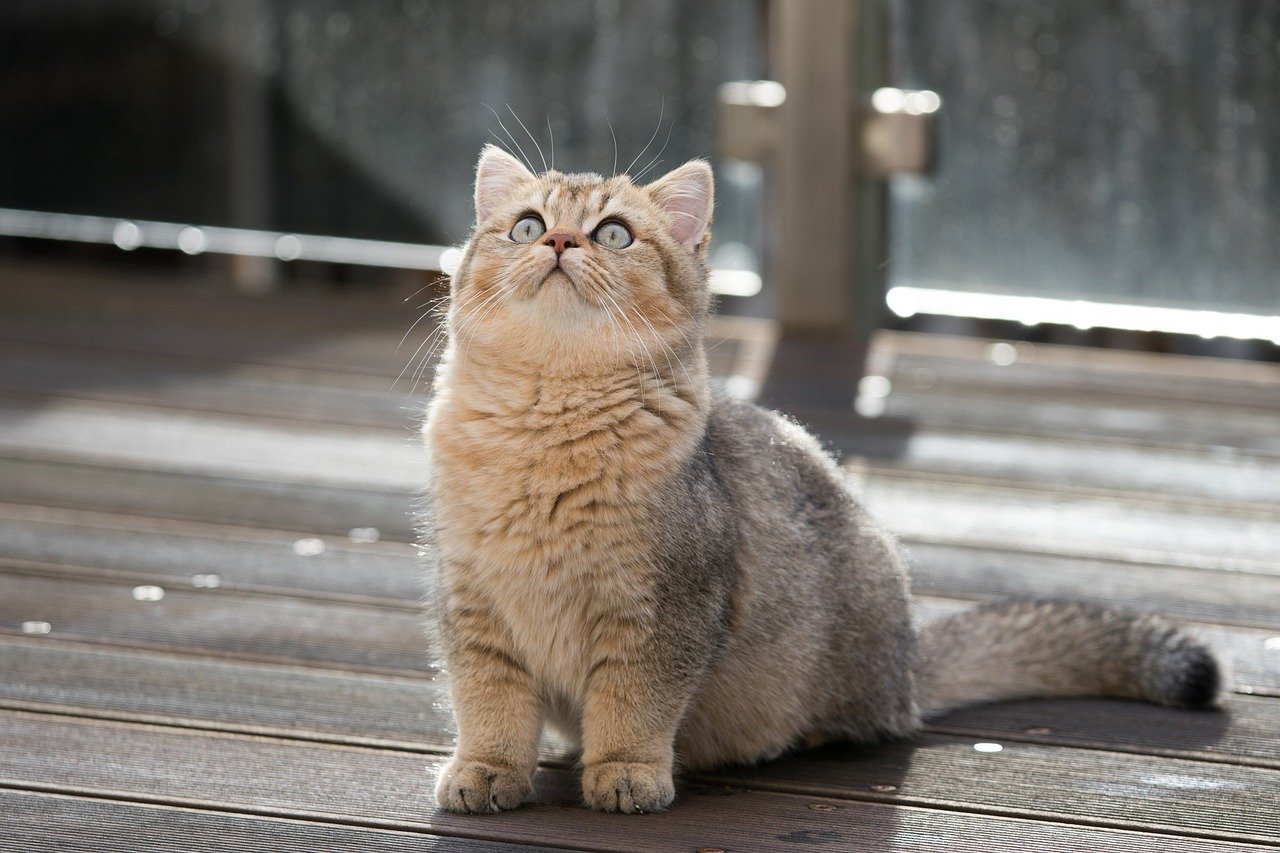
Regularly monitoring your cat’s weight and overall health is crucial for catching any potential issues early on. Schedule routine veterinary check-ups to ensure your cat remains in optimal health. Keep an eye on their weight, coat condition, and energy levels at home. If you notice any changes, consult your veterinarian promptly. Think of these check-ups as tune-ups for your cat’s well-being.
Adapt to Your Cat’s Preferences
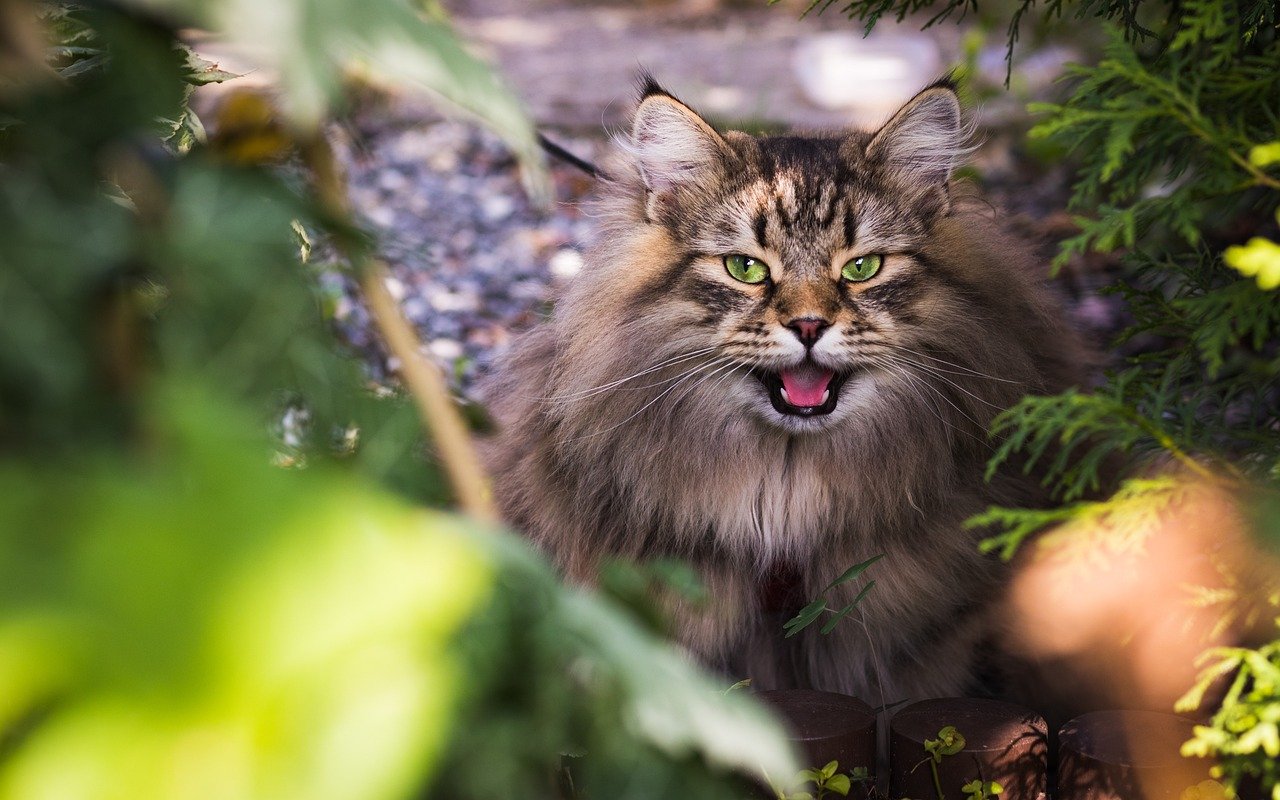
Every cat is unique, and their preferences can vary widely. Pay attention to your cat’s likes and dislikes when it comes to food textures and flavors. Some cats prefer wet food, while others enjoy dry kibble. Experiment with different options to find what suits your cat best. Adapting to their preferences ensures they enjoy their meals and receive the nutrition they need. Just as you wouldn’t force yourself to eat something you dislike, give your cat choices they relish.
Incorporating these healthy feeding habits into your cat’s routine can significantly contribute to their longevity and quality of life. By prioritizing nutrition, hydration, and regular veterinary care, you’re setting the stage for a happy and healthy future with your beloved feline companion.
Hi, I’m Bola, a passionate writer and creative strategist with a knack for crafting compelling content that educates, inspires, and connects. Over the years, I’ve honed my skills across various writing fields, including content creation, copywriting, online course development, and video scriptwriting.
When I’m not at my desk, you’ll find me exploring new ideas, reading books, or brainstorming creative ways to solve challenges. I believe that words have the power to transform, and I’m here to help you leverage that power for success.
Thanks for stopping by, Keep coming to this website to checkout new articles form me. You’d always love it!






